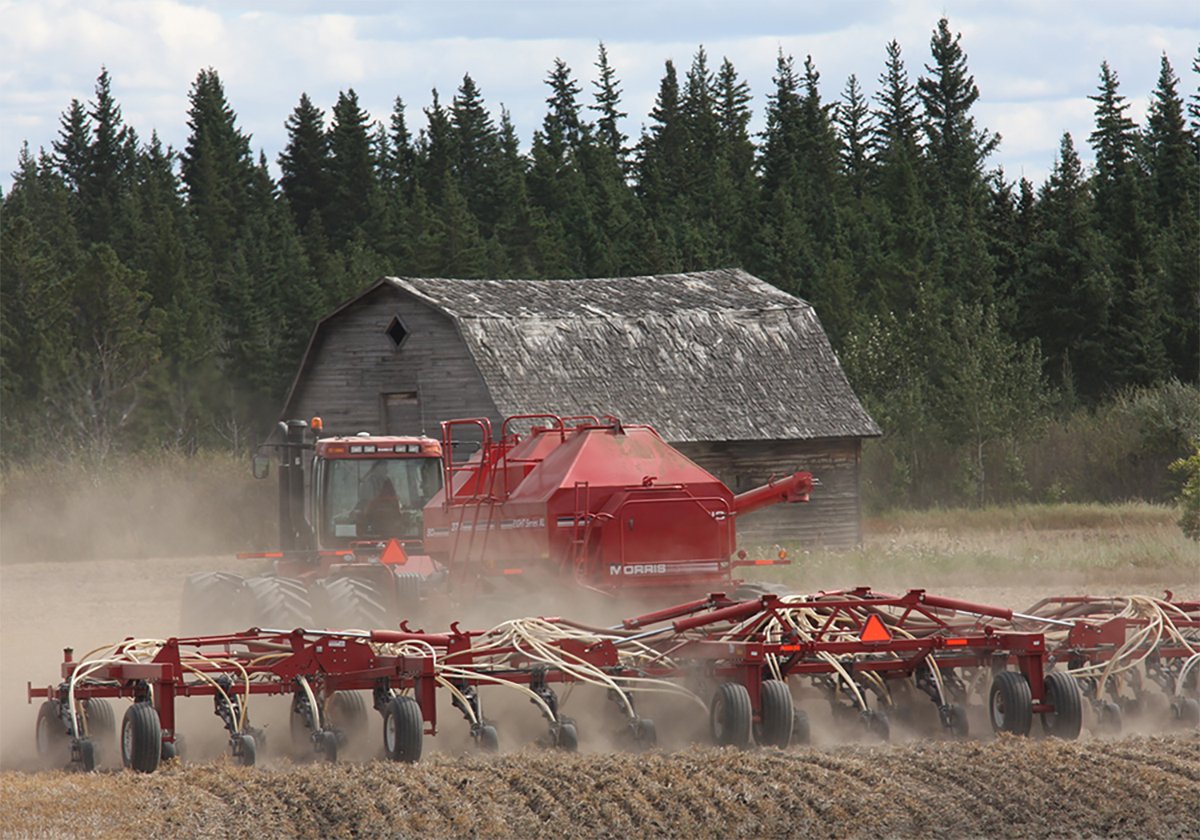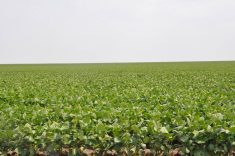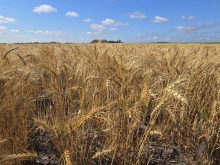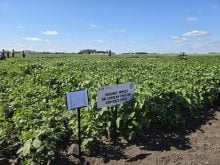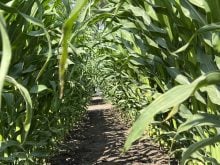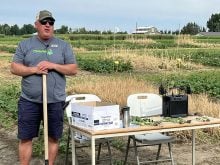SASKATOON — Seeding conditions are near ideal in the hard red winter wheat growing region of the United States, says a weather expert.
“It is really very good,” said Drew Lerner, president of World Weather Inc.
“We’ve had a good alternating pattern of rain and sunshine in the majority of the region.”
Read Also

Canadian-bred cow wins World Dairy Expo Holstein show
A cow bred in Saskatchewan, Lovhill Sidekick Kandy Cane, is the Grand Champion Holstein at the 2025 World Dairy Expo.
Most of the Plains region is white on the Sept. 30 U.S. Drought Monitor map, indicating no drought.
The last time the map looked like that was in 2019.
Farmers had planted about one-third of the intended 2026 winter wheat acreage by Sept. 28. A more current estimate is unavailable due to the government shutdown in the U.S.
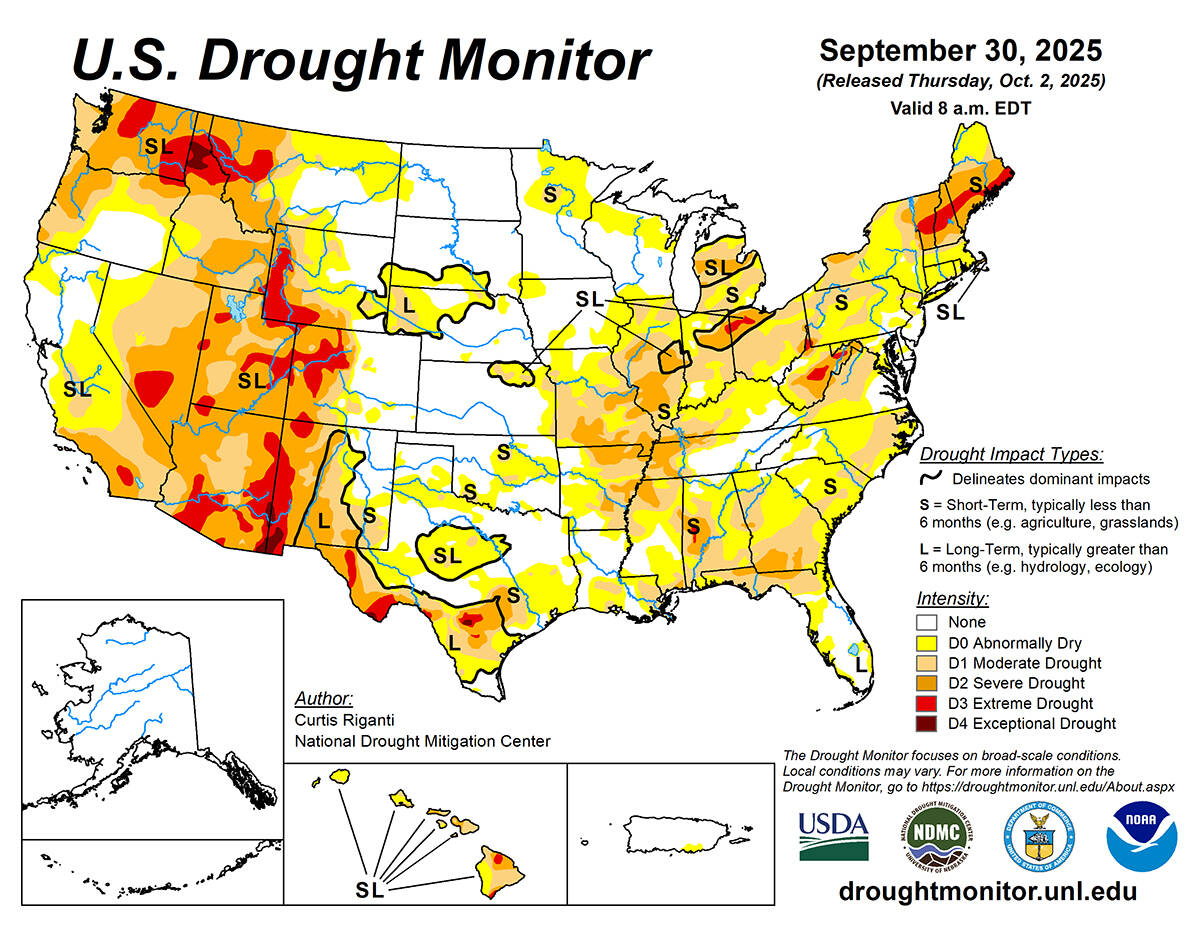
Lerner said central and south-central Oklahoma and north-central Texas could use some more rain.
As well, he noted that the moisture profile in other states might not be as picture perfect as it appears on the maps because there has been some evaporation with temperatures reaching the upper 20s and low 30s C in recent weeks.
“But the situation relative to a lot of years is really pretty good,” he said.
Conditions are particularly favourable in Kansas, the top HRWW producer, according to NASA’s satellite-based groundwater and soil moisture map.
It shows almost all of central and western Kansas was in the 70 to 98 percentile for root zone wetness as of the end of September. The root zone is defined as the top one metre of soil.
“These values indicate plenty of soil moisture for the early stages of the 2025-26 winter wheat crop,” DTN ag meteorologist emeritus Bryce Anderson said in a recent DTN column.
Lerner said there could be even more help on the way, thanks to two tropical systems that should be making their way into the southwestern U.S. in the coming weeks, he said in an Oct. 6 interview.
Those systems should bring “remnant moisture” into the HRWW growing region. The first system will favour Kansas and Nebraska and the second should bring rain to the Texas Panhandle, northwest Oklahoma and southeast Kansas.
“I don’t know that it will stay ideal forever, but it certainly is supportive of early season planting and establishment,” he said.
Lerner warned that if the taps turn off and it remains hot, the situation could change in a hurry in the southern Plains.
“It’s like your Palliser’s Triangle. It’s often dry,” he said.
On a global scale, there are not too many problem areas for wheat.
“I’m looking at a big crop worldwide here,” said Lerner.
Drought seems to be easing in southeastern Europe and the lower Danube River Basin. France is an exception, where drought could lead to poor establishment.
Drought is easing in Ukraine and southern Russia.
Northern India has the best planting conditions in years due to ideal rain.
Australia’s crop is looking good, but Lerner is keeping a watchful eye on Western Australia, where there are moisture concerns as the crop approaches the reproductive phase.
Crops look fabulous in Argentina and southern Brazil.
Southern China has had plentiful rain that is now moving into the north, which doesn’t usually get rain this time of the year. The system could deliver 75 to 175 millimetres of moisture.
“It could be great for the crop in the long run, but it also might lead to some local flooding and replanting,” said Lerner.
All in all, there are not a lot of concerns for the upcoming world wheat crop as the next growing cycle begins, he said.


